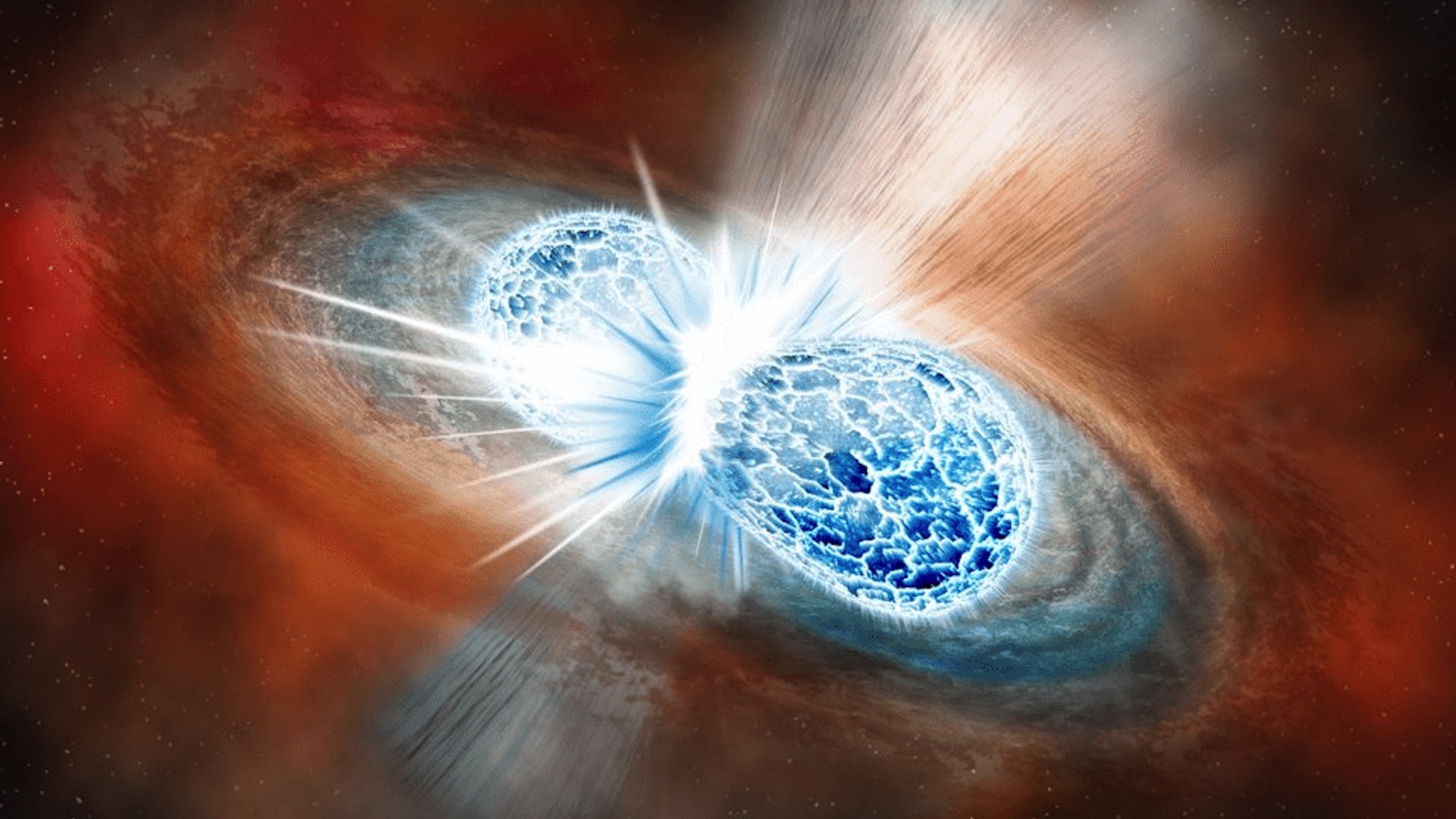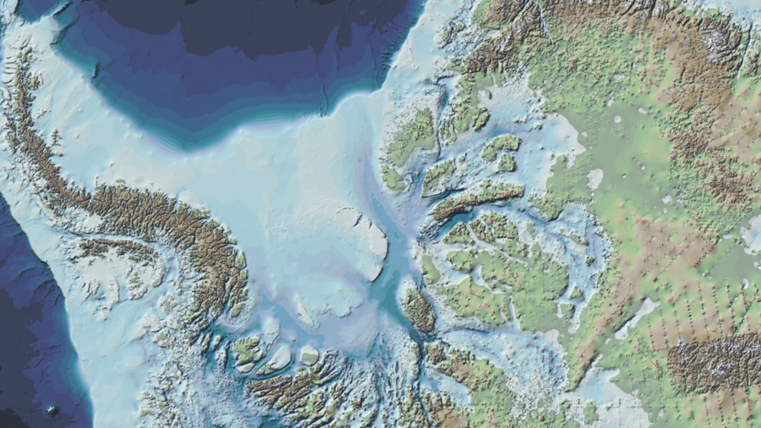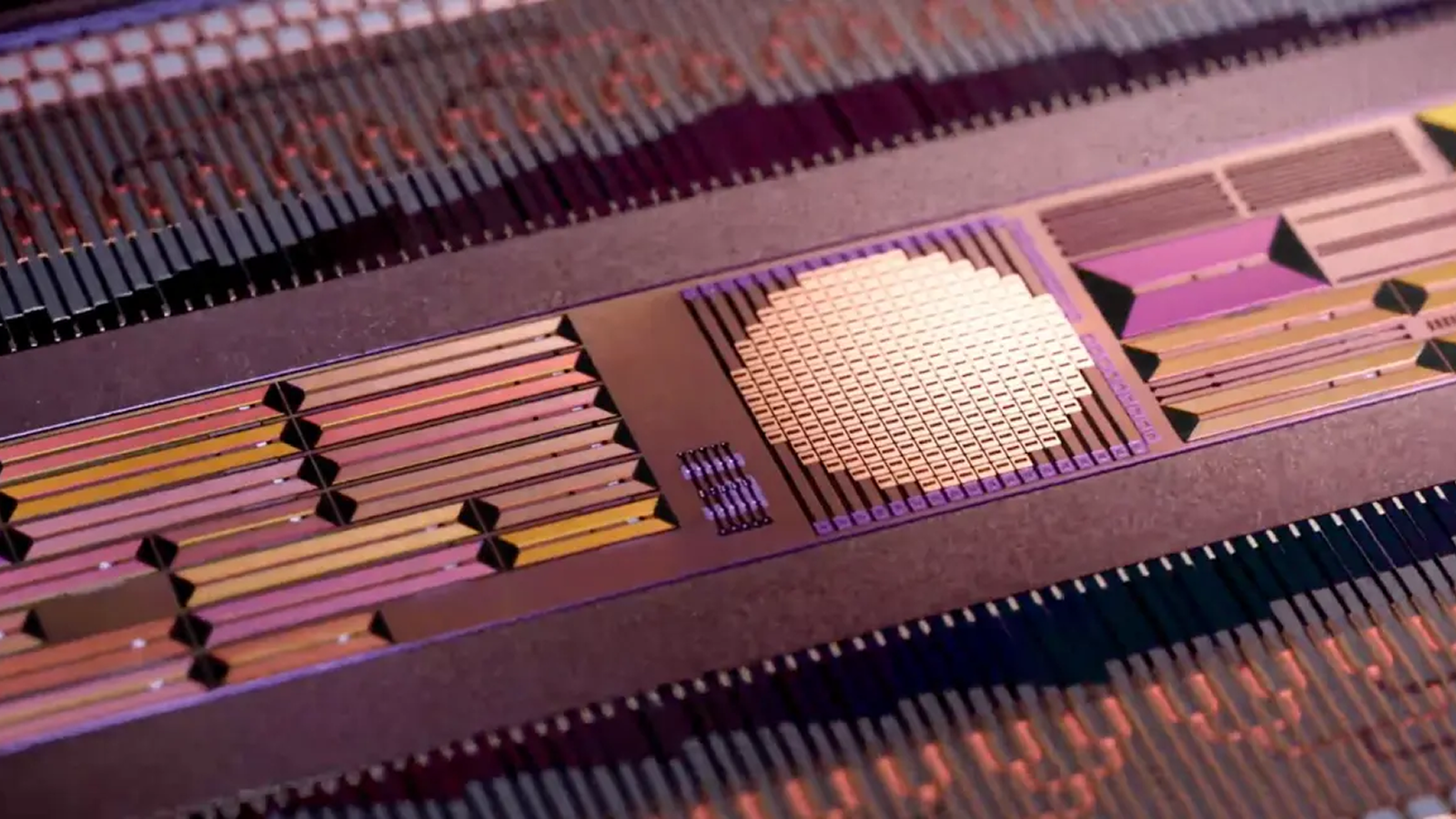Now Reading: Scientists Uncover ‘Supernova Graveyard’ on Earth and Moon
-
01
Scientists Uncover ‘Supernova Graveyard’ on Earth and Moon
Scientists Uncover ‘Supernova Graveyard’ on Earth and Moon

Quick Summary
- Finding: Researchers have identified traces of radioactive plutonium in deep-sea samples, likely originating from a cosmic explosion called a kilonova that occurred approximately 10 million years ago.
- Evidence on Earth and Moon: The debris also includes remnants from two separate supernova events (3 million and 8 million years ago) and may be located on the moon’s surface due to its stable geological environment.
- Mechanism of Kilonovas: Kilonovas result from collisions of binary neutron stars, creating rare elements like gold and platinum, as well as radioactive isotopes such as plutonium.
- Future Research Outlook: Scientists plan to bolster their theories by analyzing lunar soil samples returned during upcoming Artemis missions to the moon. These samples could provide clearer evidence due to the moon’s simple geology compared to Earth’s ocean depths.
Indian Opinion Analysis
The discovery sheds light on Earth’s cosmic history,enriching our understanding of supernovae and kilonovas,which are key processes in element creation across the universe. For India-a nation increasingly invested in space exploration through missions like Chandrayaan-it underscores the importance of international collaboration in accessing lunar resources for scientific research.
Analyzing this cosmic debris has broader implications for astrobiology and planetary sciences, opening potential avenues for Indian scientists participating in or contributing data toward future Artemis missions or similar lunar expeditions. With space technologies advancing globally, India could integrate this knowledge into context with its own probes tasked with exploring celestial phenomena beyond conventional objectives.
By fostering international partnerships while pursuing indigenous advancements under ISRO’s expanding portfolio, India can contribute meaningfully toward unraveling universal mysteries like these explosive star systems-significant not only scientifically but also strategically given its aspirations within academia-designed frameworks worldwide.


























